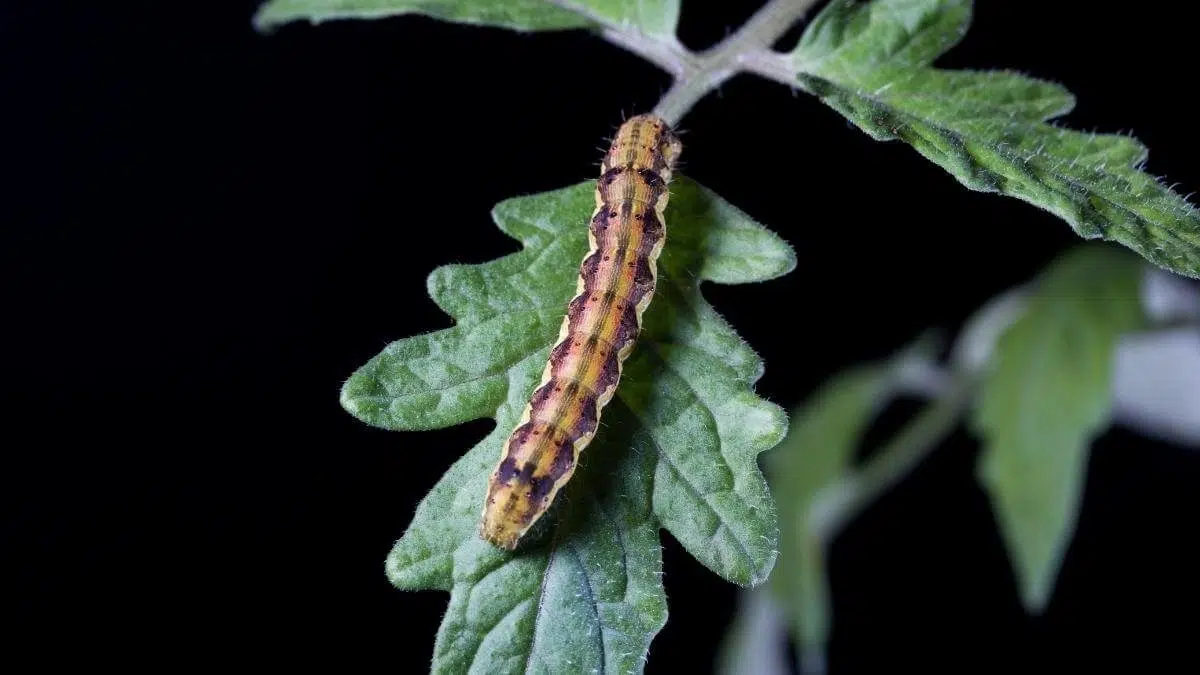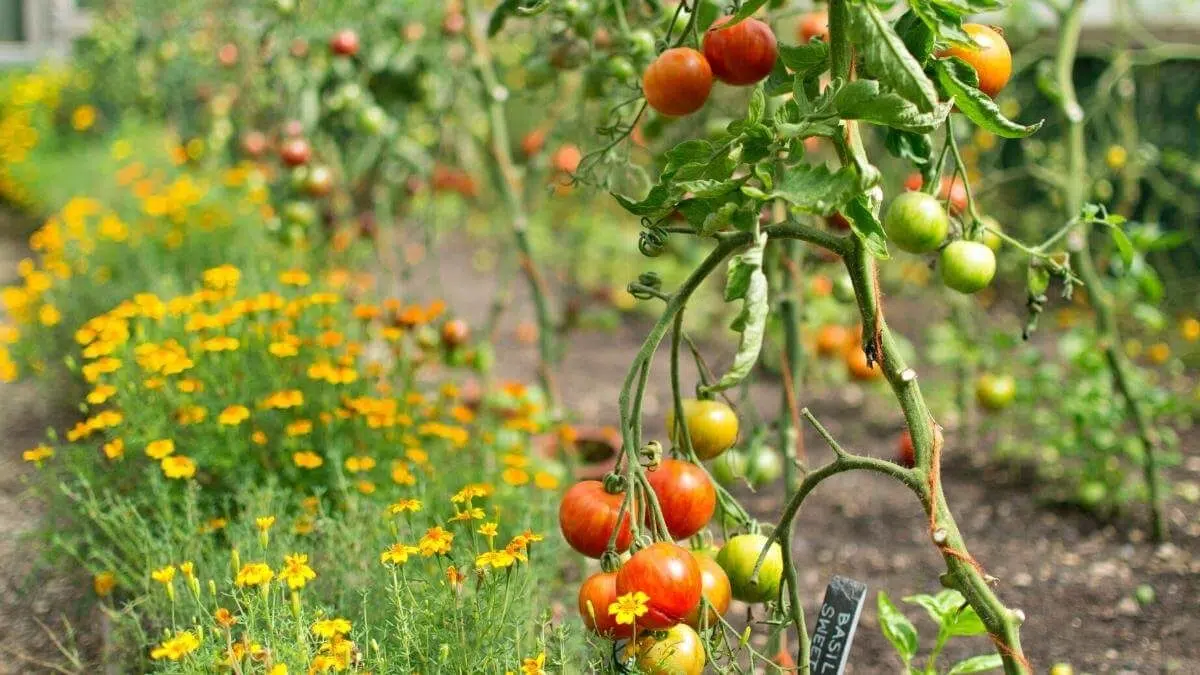Growing tomatoes can be a rollercoaster ride – it’s so rewarding to get some fruit, but there are tons of pests that like to eat tomatoes as much as humans do.
While there are a lot of garden plants that grow well with tomatoes, there are a few you should never plant near your tomatoes and other nightshades.
What Not to Plant With Tomatoes
Let’s walk through some of the worst tomato companion plants so you can avoid causing yourself unnecessary issues in the garden.
1. Broccoli
Planting broccoli with tomatoes will limit the growth of both plants, leaving you with mediocre broccoli and unproductive tomato plants.
2. Cabbage
Similar to broccoli, this cole crop limits tomato plant growth, and actually the growth of both plants as they are heavy feeders. Plant tomatoes far from brassicas so make sure you’re not stunting their plant growth.
3. Corn
Tomatoes and corn both have a lot of the same pests, with the corn earworm being the same thing as the tomato fruit worm.
Planting corn and tomato plants nearby one another just gives those pests a larger area to spread out. More places to lay eggs means a worse infestation.

4. Dill
Dill is another herb you want to keep away from your tomatoes. While it can help young tomato plants, it will stunt the growth of the plant over time, so it’s best to keep them apart.
5. Fennel
Fennel can actually lead to stunted growth in tomatoes, bush beans, and kohlrabi. This makes it one of the worst companion plants for a tomato plant.
6. Kale
Tomatoes can get quite tall, and can end up shading out your kale plants. At the same time, tomatoes require a ton of nutrients, and can end up taking some of those away from the kale, so unless you’re planning on heavily fertilizing the garden it’s wise to give these two a little space.
7. Kohlrabi
8. Potatoes
Tomatoes are not a good companion for potatoes either. Tomato blight is a common issue when growing tomatoes, and potatoes are actually affected by the same type of blight.
This means it could spread between crops if either were to get blight.
9. Smaller Plants That Need Full Sun
It’s also important to keep in mind that tomatoes, especially indeterminate tomatoes, are tall plants and can grow up to 6 feet (or more!). If the plant you’re growing nearby won’t get very big and needs full sun, that could be an issue and stunt the growth of the smaller plant.
What to Plant With Tomatoes
While you don’t want to grow the plants listed above with tomatoes, here are some of the best tomato companion plants.
Basil
Basil and tomatoes are some of the best companion plants for one another. Basil can help repel tomato hornworms, and many gardeners swear that basil can even make your tomatoes taste better.

Marigolds
Marigolds and tomatoes make great companion plants. Marigolds help distract aphids, slugs, and snails from tomatoes. They also attract beneficial insects, and help repel whiteflies and put off a chemical that kills root-knot nematodes.
I also put together a full list of good tomato companion plants here.
What is Companion Planting?
Companion planting is basically planting certain plants together to improve the growth of one or both.
Companion planting can help deter pests while attracting beneficial insects and pollinators into the mix. Tomatoes need a lot of pollinators to get those flower buds turning into fruit!
Next time you’re planning your garden, see if you can add any of these options to your garden!
What Are the Benefits of Companion Planting?
Companion planting is about putting together plants that will either help or not hurt each other. Some are believed to ward off pests, vermin, and diseases. It is said that if you plant certain plants together, then the whole becomes greater than the sum of its parts. You can attract helpful predator bugs when you grow marigolds or sunflowers. You can keep aphids away by planting mint. And on, and on.
Attracting Beneficial Insects
The best thing about companion planting is attracting beneficial insects. You want to attract these guys because they’re eating up your bad bugs. Besides, they are also pollinators. If you have an herb garden or vegetable garden, then surely you know how important bees and butterflies are.
Impacting Flavors
The most obvious example of this is growing tomatoes and basil together. The combination of the two just makes your tomatoes taste INCREDIBLE.
Organic Pest Control
Growing your tomatoes near specific herbs and plants will give the tomato a boost of natural pest repellant.
Companion planting is a great way to help increase the health of your tomato plants and get a bigger yield.
What Not to Plant With Tomatoes and Other Nightshades
Other plants in the nightshade family benefit from similar companions as tomatoes.
Plants like peppers, eggplants, and more do well near many of these too. Just be careful to not be planting tomatoes and other nightshades super close to one another as they are typically heavy feeders and will suck up a lot of the nutrients in the soil.


